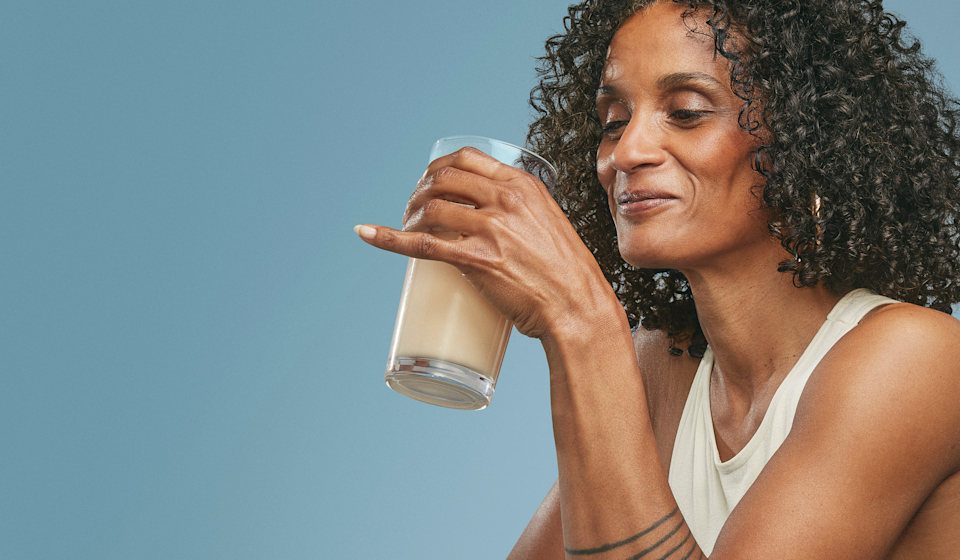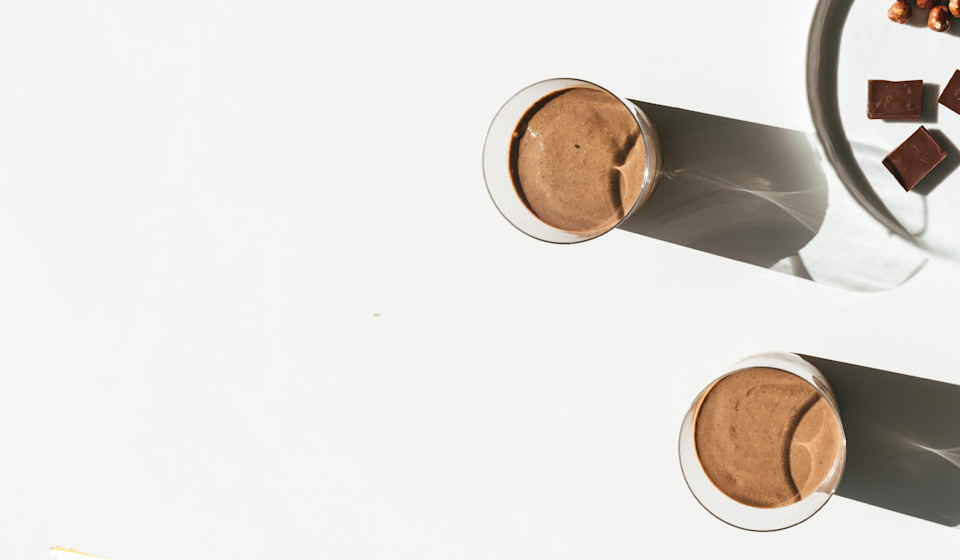Essential Takeaways
- Our bodies need protein—but there are a lot of misconceptions about the “right” kind of protein to eat, or whether vegans and vegetarians can get enough.
- We’re effectively debunking that myth with 10 vegan-friendly protein options you can incorporate into any meal.
Whether you’re a vegan, an omnivore, or somewhere in between, one thing we all have in common is that our bodies need protein. One popular misconception, though, is that those who follow a vegan diet aren’t getting enough protein because they don’t consume animal products. The truth? There are many nutrient-rich vegan protein sources available (hi, Essential Protein), so consider that myth debunked. Below, find ten vegan protein sources meat-eaters and vegans alike will love.*
Protein 101
But first, a quick refresher on why dietary protein matters in the first place. To put it simply, our bodies need a balance of macronutrients (carbohydrates, fats, protein) and micronutrients (vitamins, minerals)) in order to function. Our Chief Scientific Officer, Dr. Nima Alamdari, PhD explains: “The protein we consume and synthesize has a lot of different roles, including regulating muscle protein metabolism, muscle mass, and muscle strength. Our muscle tissue is dynamic and in a constant state of turnover, with muscle proteins being synthesized and broken down simultaneously throughout the day. The turnover of muscle protein is regulated largely by what you eat (which is where protein-rich recipes come into play) and also how you move (which is why keeping active is also so important).”*
The current Recommended Dietary Allowance (RDA) for protein is 0.8 grams of protein per kilogram of body weight, or about 7 grams of protein for every 20 pounds of body weight. That said, the RDA simply represents a sufficient daily intake for a nutrient—not necessarily the optimal amount. (Take the most recent scientific evidence, for example, which suggests that athletes require a daily protein intake of 1.2 to 2.0 grams of protein per kilogram of body weight, or about 9-18 grams of protein for every 20 pounds of body weight—higher than the current RDI.)*
While most adults in the United States eat enough protein each day, many are not meeting the recommendations for subgroups within the protein food group, with many U.S. adults over-consuming red meats and processed meats and under-consuming plant-based proteins, such as beans and peas. The good news? There are plenty of plant foods (and plant-based foods) that double as great sources of protein—and many of them are packed with antioxidants, to boot. We share some top picks below.*
Lentils
In general, legumes (black beans, lentils, peanuts, and more) are excellent sources of protein—but lentils really shine for a few reasons. For one, a cup of cooked lentils delivers a whopping 17.9 grams of protein. Two, the tiny legumes also provide other essential nutrients such as folate, iron, calcium, magnesium, and potassium. And third, thanks to high amounts of fiber, they’ll keep you full and energized throughout the day.* (11)













